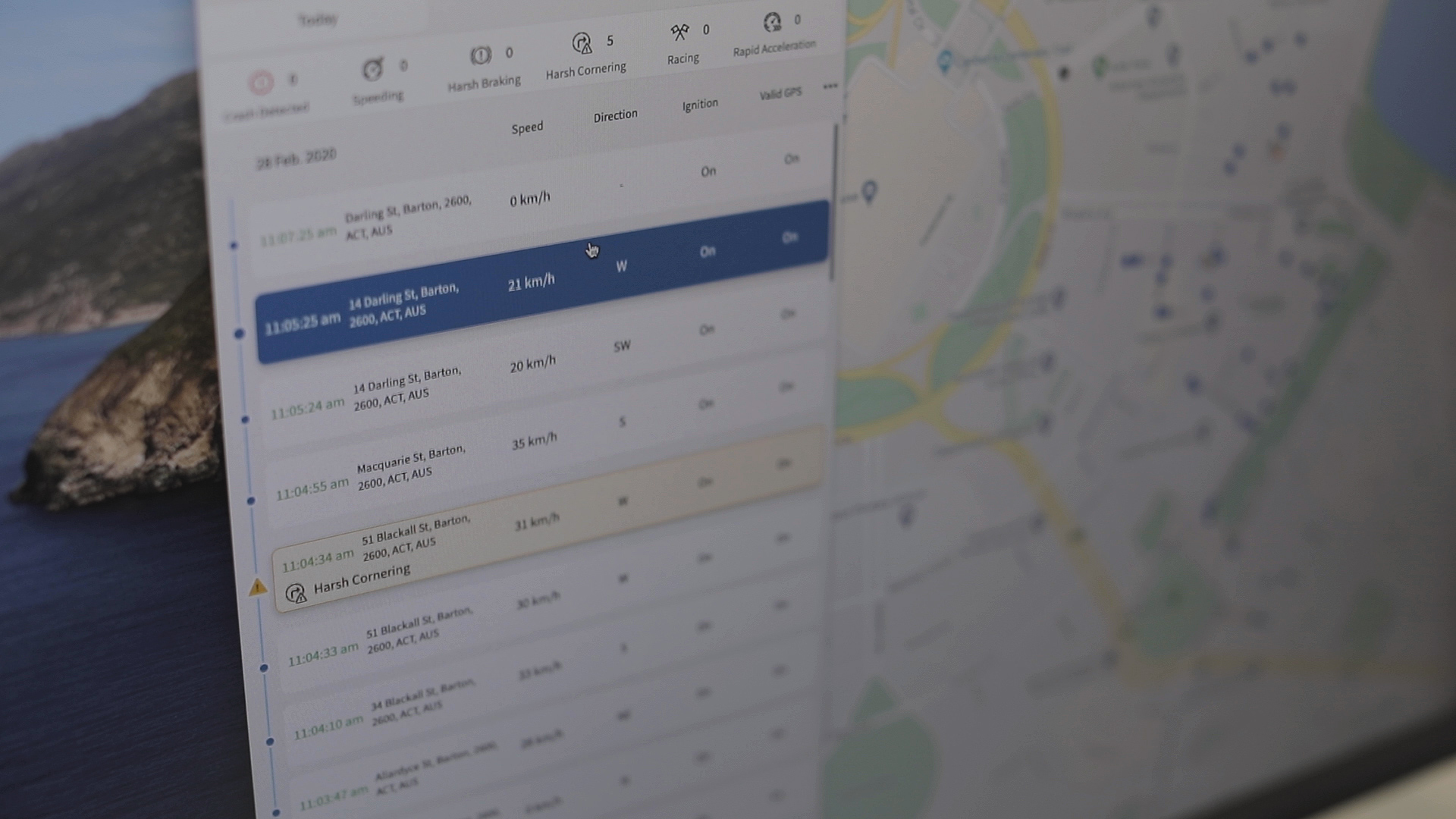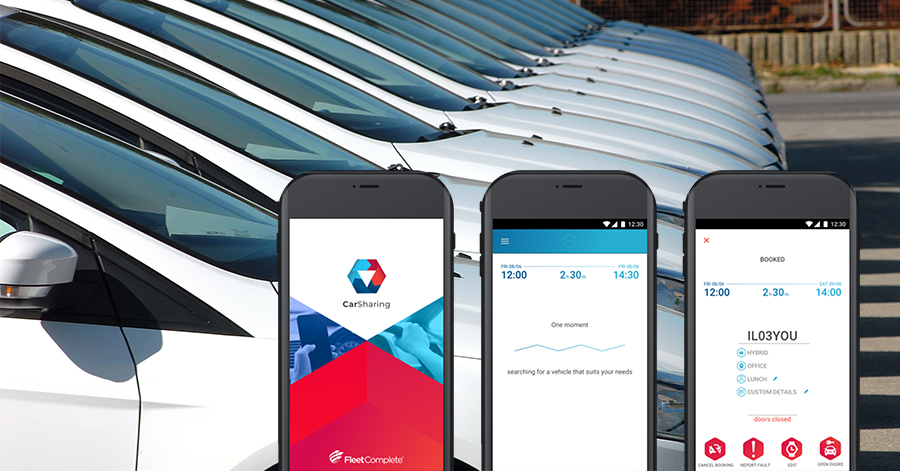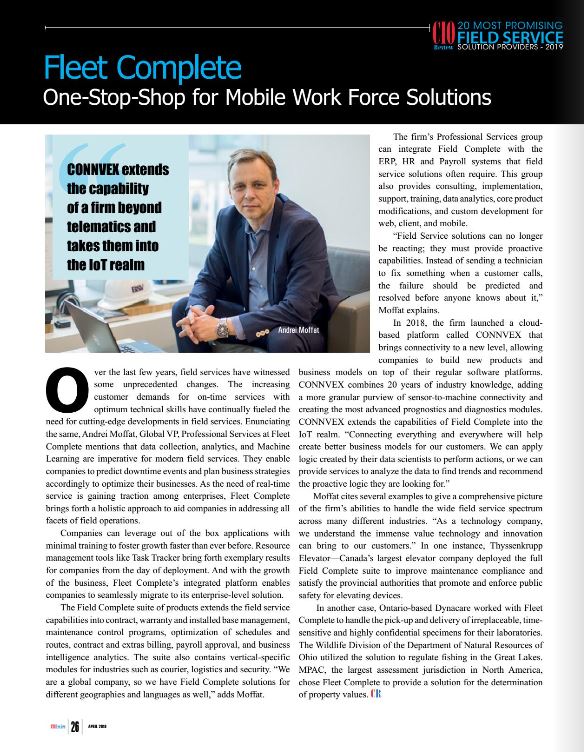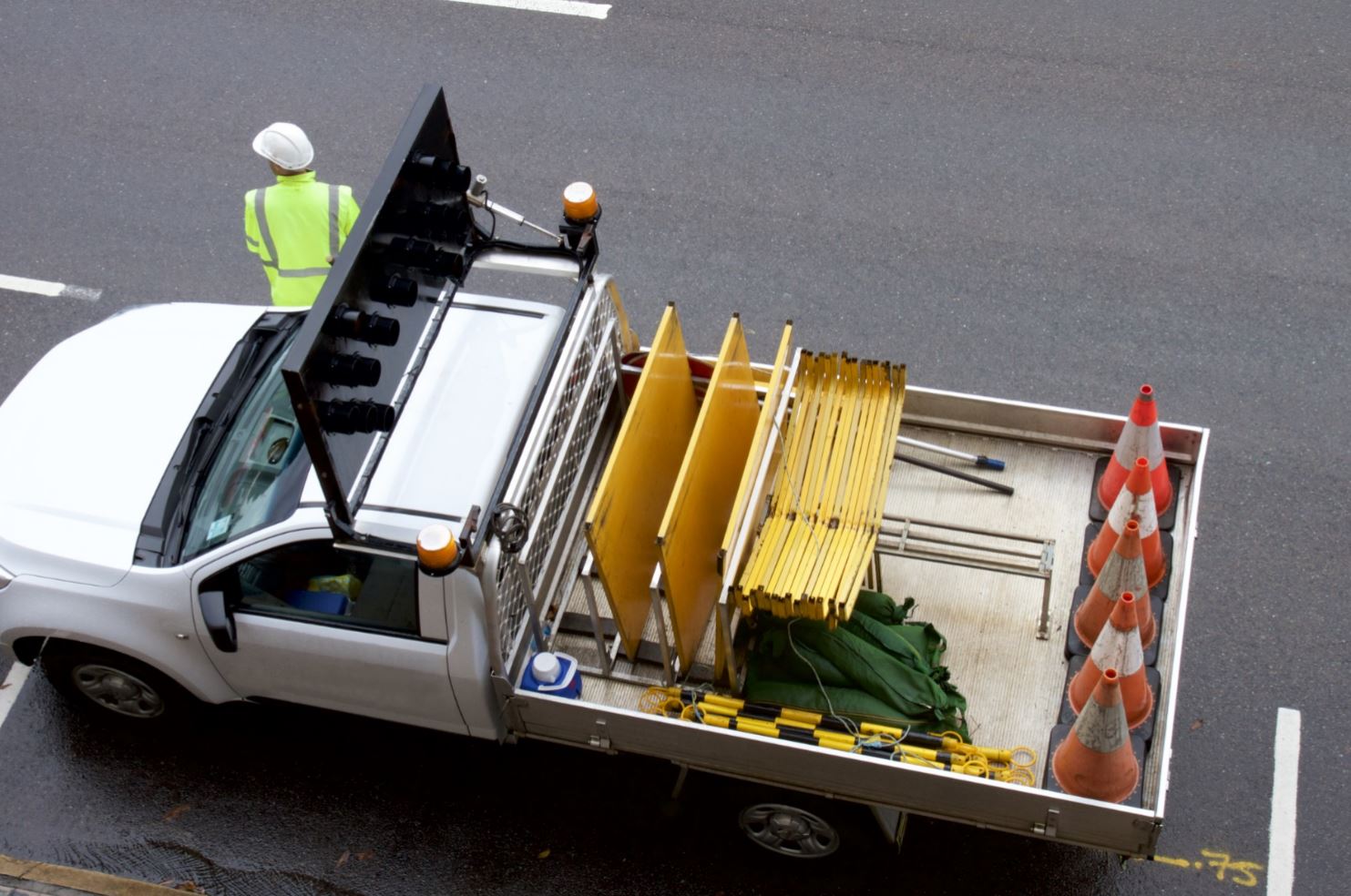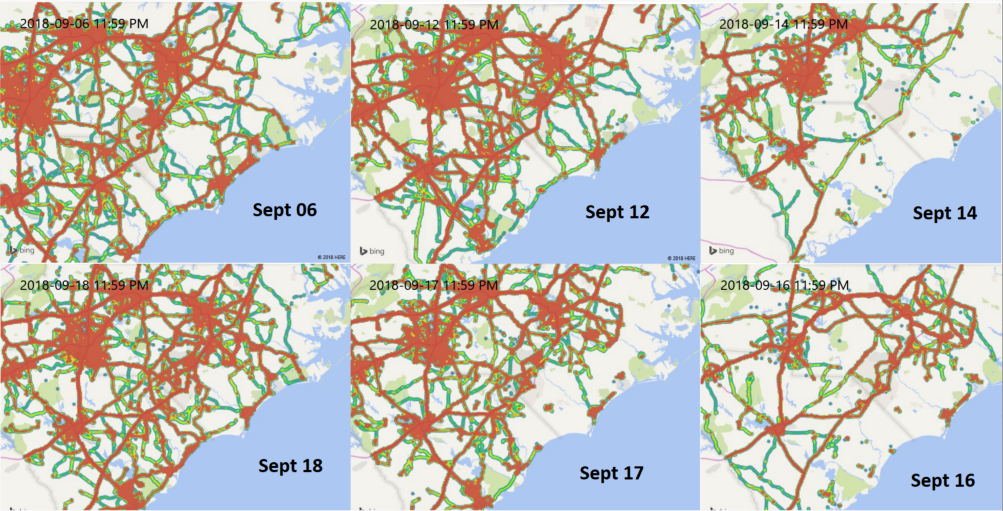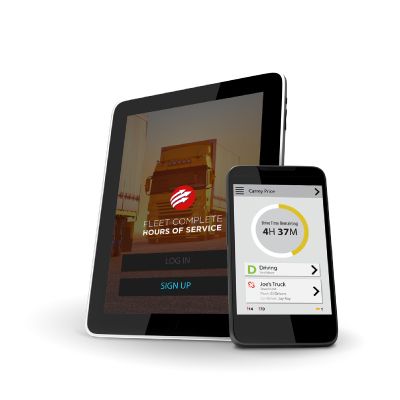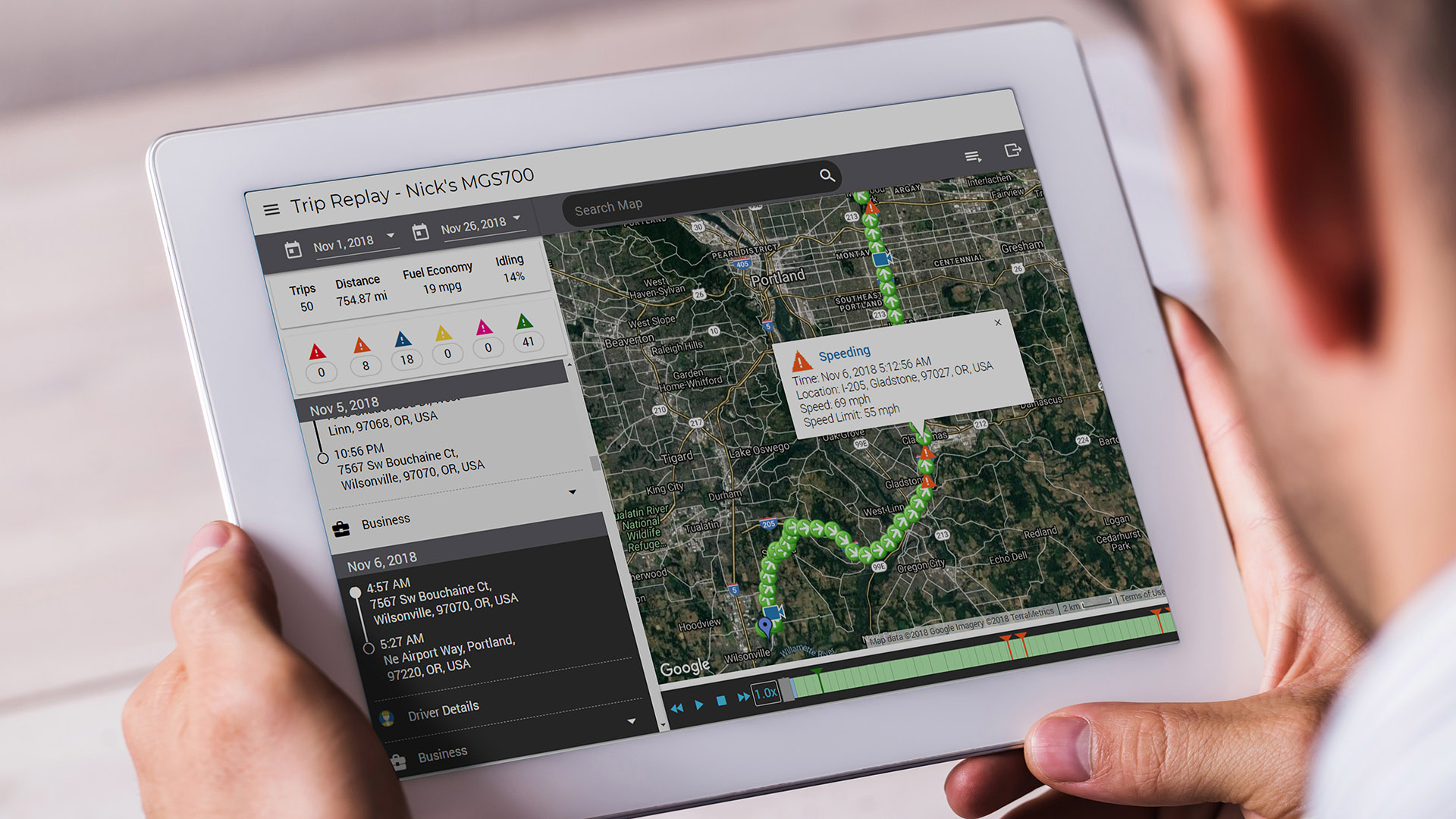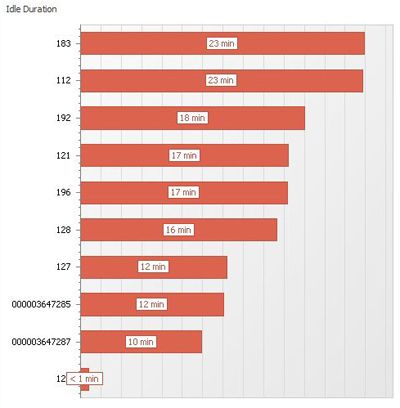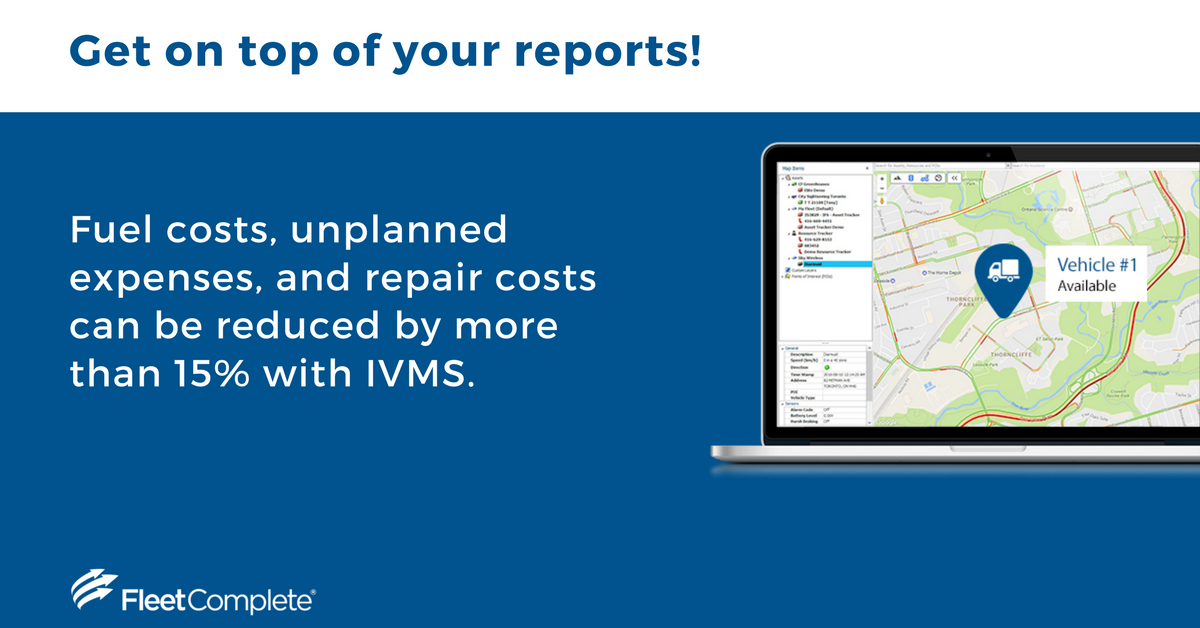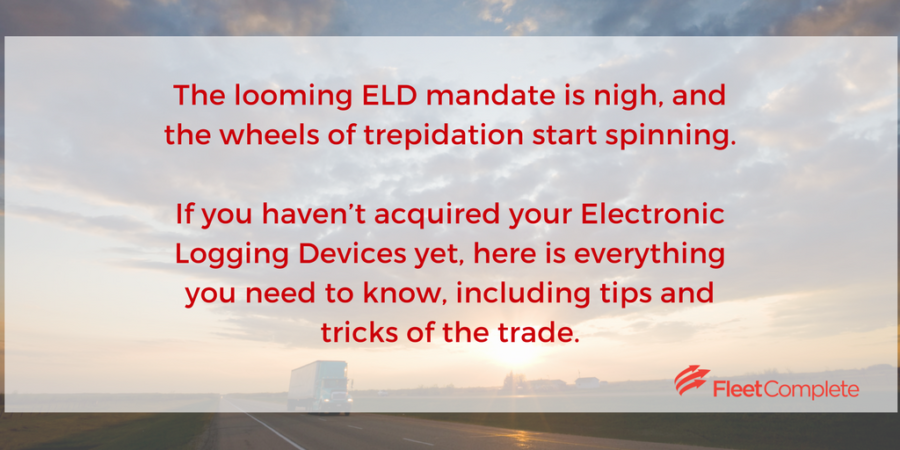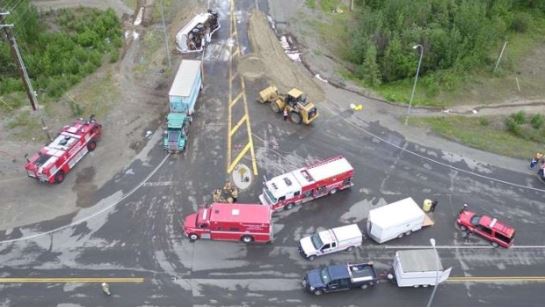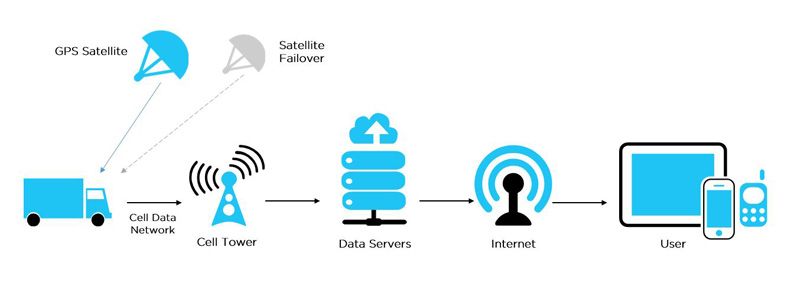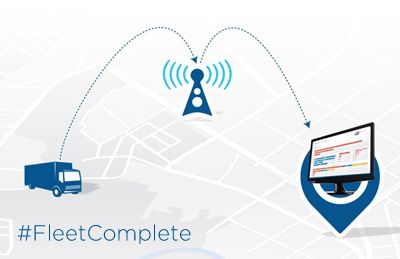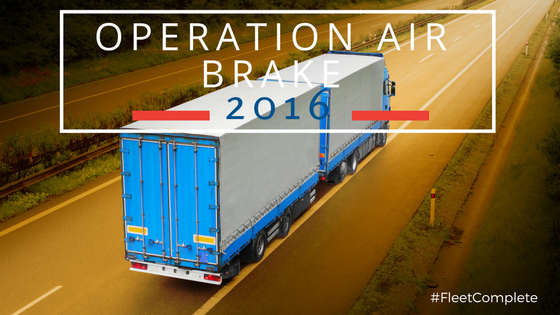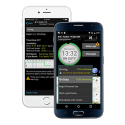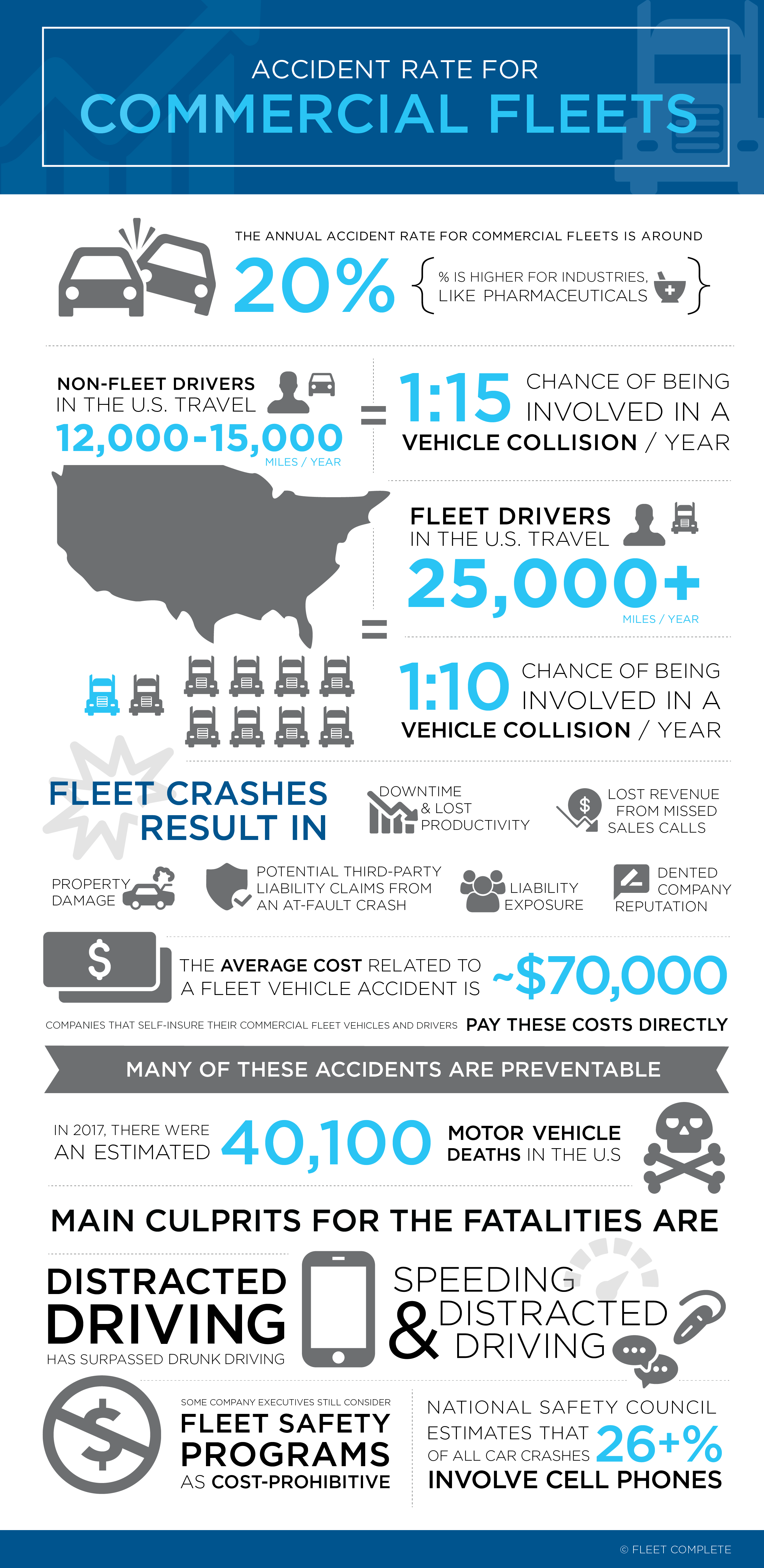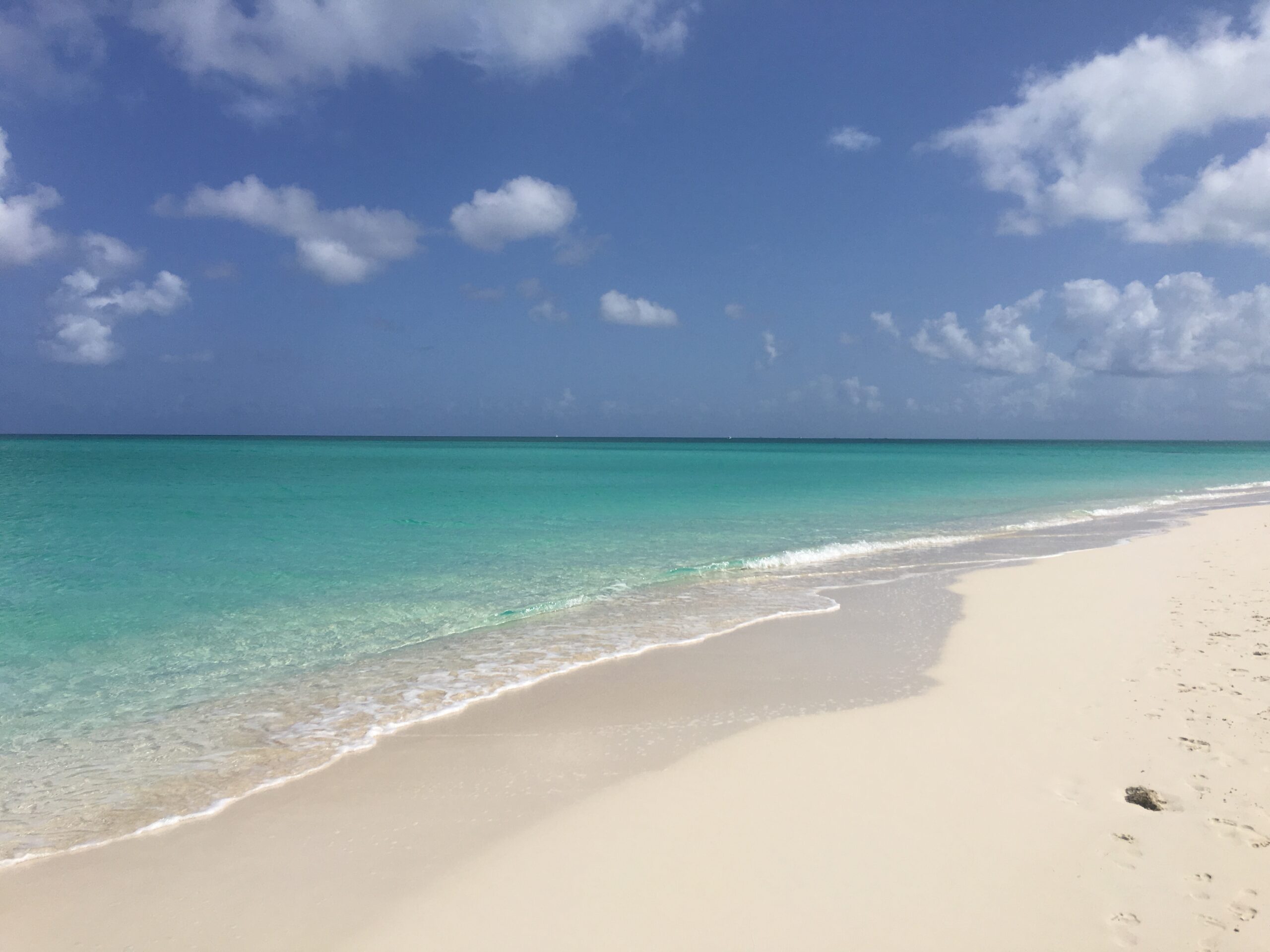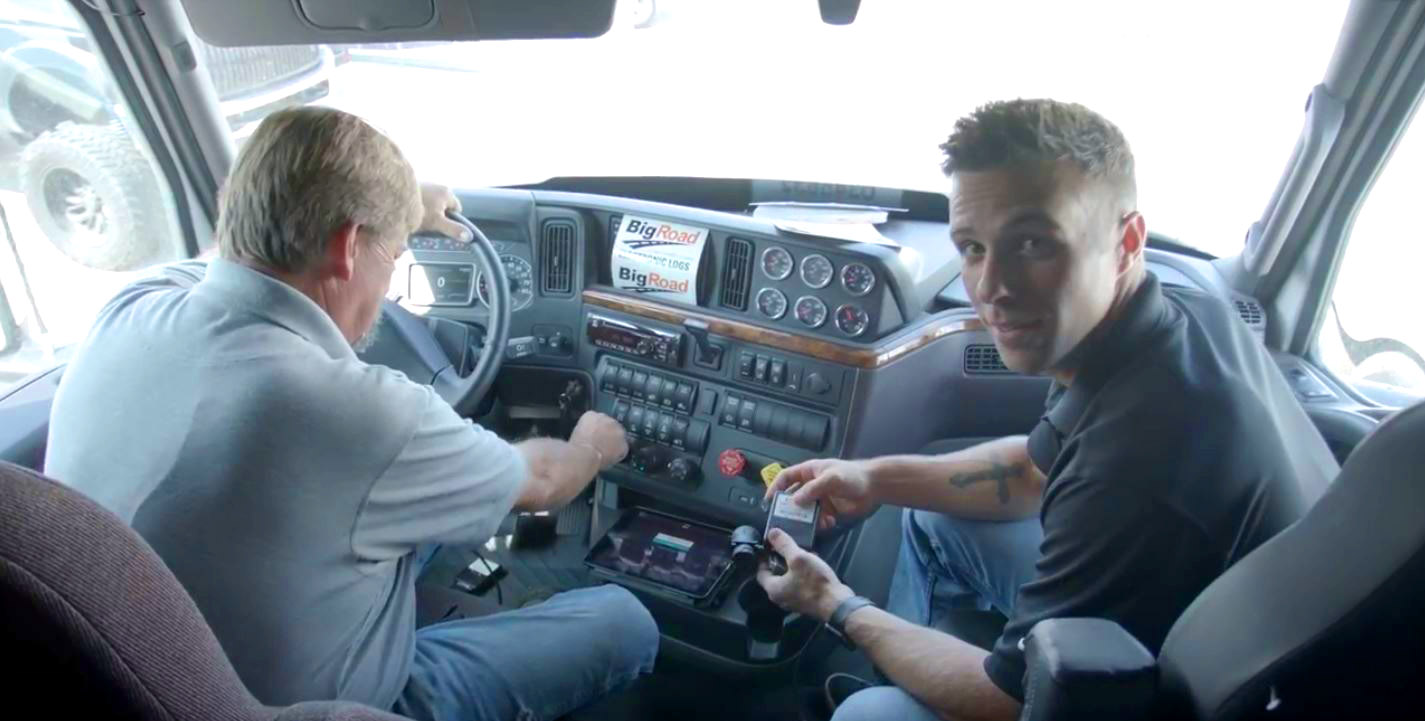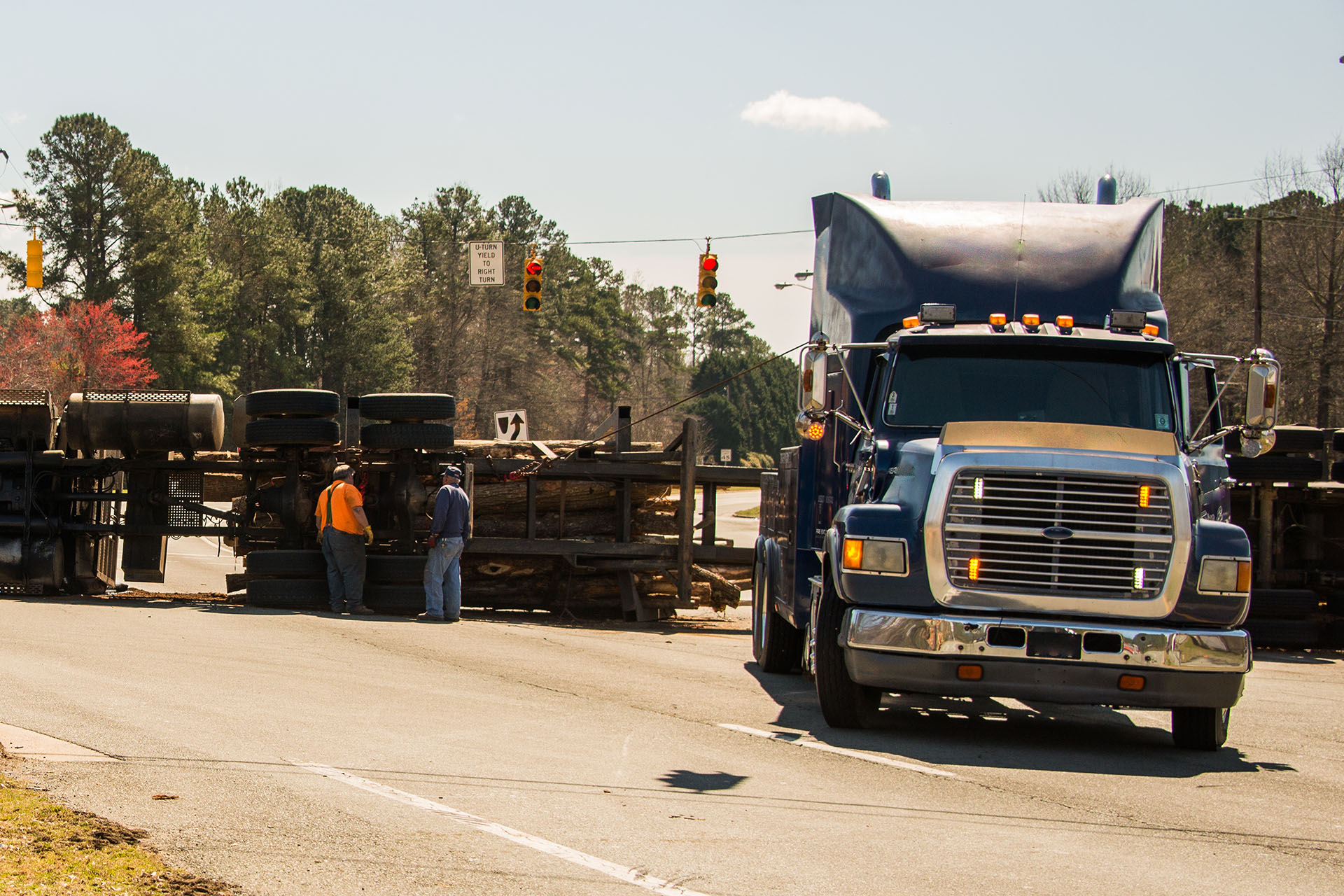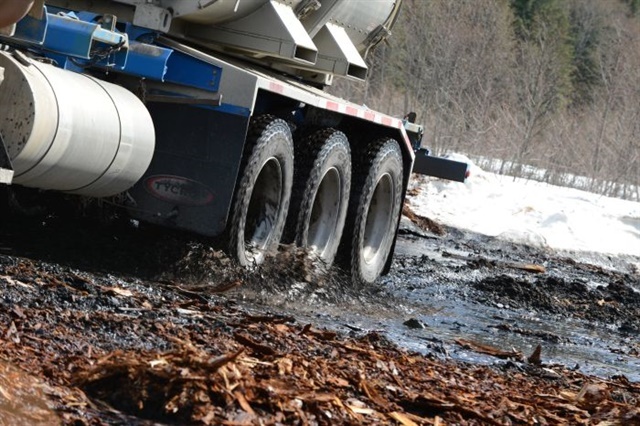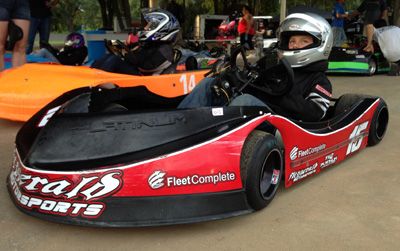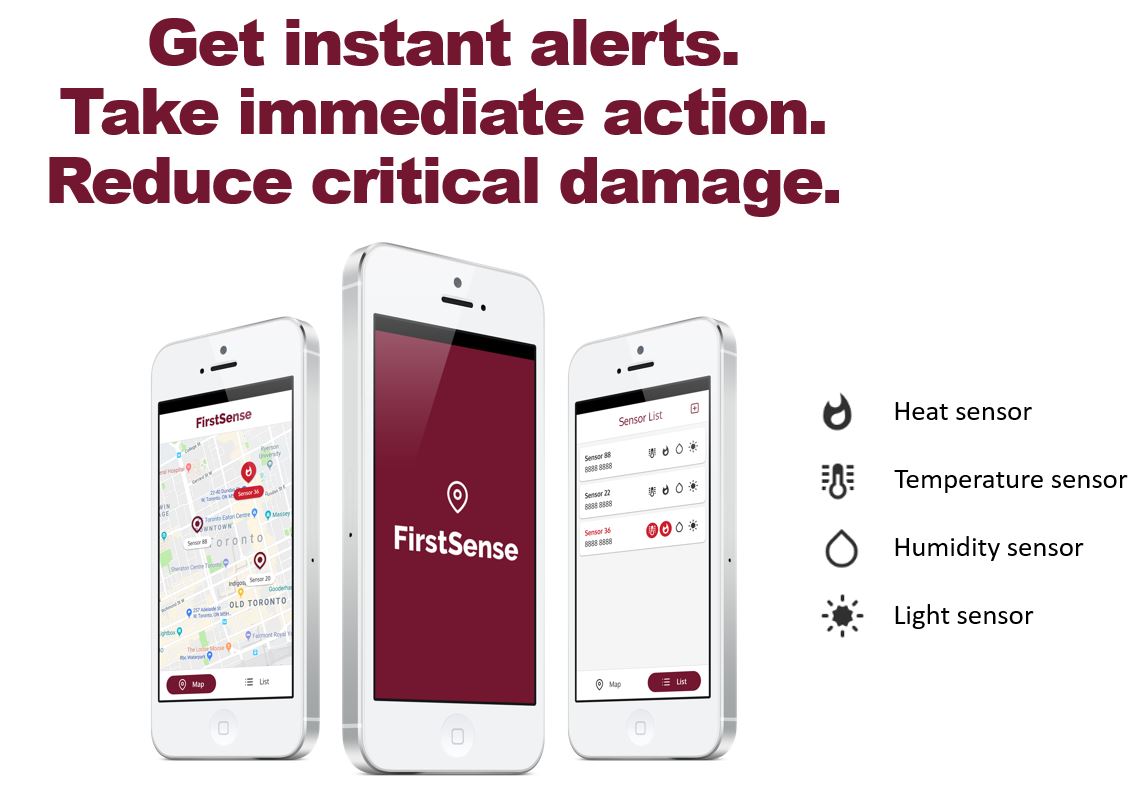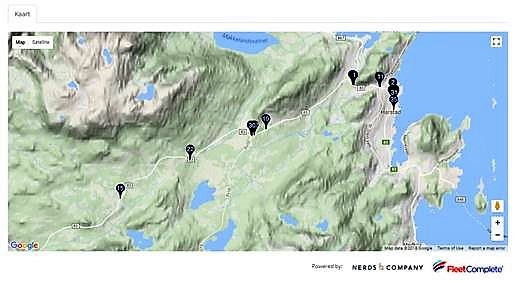Our recent webinar hosted by Marc Moncion, Understanding & Explaining the U.S. HOS Changes, September 15 & 22, 2020.
Our BigRoad ELD App V 30.2.4 (Android) or V 30.2.3 (iOS) is updated to meet current US HOS regulations effective Sept 29/2020
Need and ELD solution? Looking for fleet management solutions? Not sure about what you need? BigRoad can cater to whatever your needs may be. Book a consultation today.
WATCH THE WEBINAR >>>>
Questions from the webinar:
My question has to do with the sleeper berth rule: Is it any combination to make up 10 hours, or must it be 2 and 8, or 3 and 7 hrs. (What about 2.5 and 7.5, or 4 and 6, or 5 and 5?) Can these combinations also qualify for the sleeper berth rule?
The total of the 2 rest periods must be at 10 hours in these 2 qualifying rest periods.
It could be 7 + 3 = 10 hours.
It could be 7.5 + 2.5 = 10 hours.
It could be 7.75 + 2.25 = 10 hours.
It could be 8 + 2 = 10 hours.
The short rest can be in or out of the sleeper berth, and must be at least 2 hours long. The long rest, which must be at least 7 hours, must be in the Sleeper Berth
If a short haul driver goes over 14 hrs for the day, do they have to do a line log?
That is correct. In order to qualify for the short haul exception to not have to complete a Record of Duty Status Log, a driver must not exceed a maximum duty period of 14 hours.
14 hrs on duty the same as 14 hrs driving?
If I understand your question, 14 hrs on duty is NOT the same as 14 hrs driving. Driving is a specific duty status on a log, but driving also counts as on-duty time. Other on-duty includes, but is not limited to the following activities:
- All time at a plant, terminal, facility, or other property of a motor carrier or shipper, or on any public property, waiting to be dispatched, unless you have been relieved from duty by the motor carrier;
- All time inspecting, servicing, or conditioning any truck, including fueling it and washing it at any time;
- All driving time, as defined in the term driving time;
- All other time in or on a commercial motor vehicle other than:
(i) Time spent resting in or on a parked vehicle, except as otherwise provided in Section 397.5 of the Federal Motor Carrier Safety Regulations;
(ii) Time spent resting in a sleeper berth;
(iii) Up to 2 hours riding in the passenger seat of a property-carrying vehicle moving on the highway immediately before or after a period of at least 8 consecutive hours in the sleeper berth; - All time loading, unloading, supervising, or attending your truck; or handling paperwork for shipments;
- All time taking care of your truck when it is broken down;
- All time spent providing a breath, saliva, or urine sample for drug/ alcohol testing, including travel to and from the collection site;
- All time spent doing any other work for a motor carrier, including giving or receiving training and driving a company car; and
- All time spent doing paid work for anyone who is not a motor carrier, such as a part-time job at a local restaurant. The bottom line is that on-duty time includes all time you are working for a motor carrier, whether paid or not, and all time you are doing paid work for anyone else.
Do adverse condition applies to non CDL drivers?
Adverse driving condition would apply to a non CDL driver if that driver was driving a vehicle that does not require a CDL, but the driver is still required to comply with HOS.
Are bad accidents or highway shutdowns due to emergency equipment considered adverse conditions?
§ 395.2 defines adverse driving conditions to mean snow, ice, sleet, fog, or other adverse weather conditions or unusual road or traffic conditions that were not known, or could not reasonably be known.
As I mentioned during my presentation, the definition of adverse driving conditions was modified by FMCSA for clarity and to recognize that the adverse driving conditions exception would now apply based on knowledge of a driver, in addition to the dispatcher, under the circumstances described above.
Therefore the definition now applies to a driver immediately prior to beginning the duty day or immediately before beginning driving after a qualifying rest break or sleeper berth period, or to a motor carrier immediately prior to dispatching the driver.
I am confused on the prior knowledge for inclement weather where snow, ice, fog etc. is usually predicted ahead of time.
§ 395.2 defines adverse driving conditions to mean snow, ice, sleet, fog, or other adverse weather conditions or unusual road or traffic conditions that were not known, or could not reasonably be known.
As I mentioned during my presentation, the definition of adverse driving conditions was modified by FMCSA for clarity and to recognize that the adverse driving conditions exception would now apply based on knowledge of a driver, in addition to the dispatcher, under the circumstances described above.
Therefore the definition now applies to a driver immediately prior to beginning the duty day or immediately before beginning driving after a qualifying rest break or sleeper berth period, or to a motor carrier immediately prior to dispatching the driver.
Is there an option for adverse driving conditions on BigRoad? How will you document this without the log violating the time?
Yes there is. A Safety Administrator would go to the Settings at BigRoad and selects the Driving Conditions box under §395.1 (b). With this setting enabled, drivers can activate the Adverse Driving Conditions status in the BigRoad mobile app if they encounter adverse driving conditions and cannot safely complete their run within the maximum time. Hours of Service limits will be updated according to the rule they are operating under when they select the adverse driving conditions status.
For the adverse condition exemption, wouldn’t it be 13 hours for property carriers on the 11/70 HOS?
If I understand your question, the previous rule for adverse driving conditions would give a driver get 2 extra hours within the 11-hour driving limit. Further, adverse driving conditions did not extend the 14-hour “driving window.”
In the new rule, adverse driving conditions increases a driver’s the 14-hour driving by 2 hours as well to make it 16-hour driving window.
This change applies both to drivers of property-carrying CMVs (14-hour “driving window”) and passenger- carrying CMVs (15-hour “driving window”).
Does this adverse driving condition include an accident that blocks the highway? I just want to be sure and clear.
§ 395.2 defines adverse driving conditions to mean snow, ice, sleet, fog, or other adverse weather conditions or unusual road or traffic conditions that were not known, or could not reasonably be known.
As I mentioned during my presentation, the definition of adverse driving conditions was only modified by FMCSA for clarity and to recognize that the adverse driving conditions exception would now apply based on knowledge of a driver, in addition to the dispatcher, under the circumstances described above.
Therefore the definition now applies to a driver immediately prior to beginning the duty day or immediately before beginning driving after a qualifying rest break or sleeper berth period, or to a motor carrier immediately prior to dispatching the driver.
If I drive 4-5 hours, get to my shipper or receiver, and it takes 1 hour to unload and I’m on duty unloading, will that count towards my 30 minute break?
The new rule requires a driver to take a 30- minute break only when a driver has driven for a period of 8 hours without at least a 30-minute interruption.
This break may be satisfied by any non-driving period of at least 30 minutes, which also includes on duty duties such as unloading.
Can a user edit or change driving time that has been recorded by an electronic logging device (ELD) to non-driving time?
No, an ELD automatically records all the time that a CMV is in motion as driving time and that cannot be edited or changed to non-driving time.
Will the HOS final rule affect ELDs?
No impact on the ELD rule as the same ELD exemptions continue to apply with this new HOS amendment.
What is a “qualifying rest break” based on how it is used in the adverse driving conditions definition?
Conditions that were not known, or could not reasonably be known, to a driver immediately prior to beginning the duty day or immediately before beginning driving after a qualifying rest break or sleeper berth period”.
Qualifying Break would then include one of the 2 sleeper berth periods, 10-hour consecutive off duty period, and the mandatory 30-minute rest break.
Are there any restrictions on how often the adverse driving conditions exception can be used?
There are no Restrictions on how frequently adverse driving can be use, but condition must be unforeseen by driver and/or motor carrier prior to starting the trip.
Does the 30 min break take away from your drive time or on-duty time?
A driver’s driving is limited to the 14-consecutive-hour period even if he/she take some off-duty time, such as a lunch break or a nap, during those 14 hours.
Can the adverse driving conditions exception be used to cover delays caused by detention time from a shipper, and breakdown or enforcement inspections?
No.
What happens to the 30-minute break exempt for Livestock haulers, is it gone?
Nothing has changed from the Livestock Exemption this new HOS amendment.
What is the best way to stay in compliance record keeping for a short haul exemption? I have drivers who come to the shop I am at daily and park their truck, and I have drivers who are remote and go from home to the job site, and then back home. They complete time sheets, should I be requesting copies to keep in the trucks file or the drivers file in my office (I am fleet manager) in the event of an audit, or just to stay compliant?
In order for him to take advantage of the new 150 air mile short haul exception, a driver must comply with the following requirements:
1. Operate within 150 air mile radius
2. Not exceed a maximum duty period of 14 hours
3. Must start and end his or her shift at the same location
4. Must have at least 8 consecutive hours off if moving passengers to separate each 12 hours on duty.
5. Must have at least 10 consecutive hours off if moving property, to separate each 12 hours on duty.
6. Must include the start time the driver reports for duty each day;
7. Must also include the total hours on-duty on the time record for each day,
8. And must include the end time the driver is released from duty each day.
So if the Motor Carrier and/or the Professional Driver is not meeting all of the above requirements, he/she cannot take advantage of this short-haul rule both old and new.
In this case, the driver must also default to having a Record of Duty Status Log.
What about delays loading or unloading?
Nothing has changed with respect to delays Loading or unloading with new HOS amendment except that a driver can use this time on-duty to count towards mandatory 30-minute rest break by the 8th hour of driving.
Does this sleeper berth for the 10 hours have to be consecutive?
A driver can still spend time in their sleeper berth to get some, or all, of the 10 consecutive hours of off-duty time.
When a driver gets 10 consecutive hours of off-duty time, what is most important is that a driver does not go on duty or drive during those 10 hours.
At the end of the 10 consecutive hours of combined sleeper and/or off-duty time, a driver’s 11-hour driving and 14- hour duty-period limits would completely restart.
After the second rest period, how many hours do you have to go until the next break?
It depends on how much time a driver would take on the first rest period.
The total of the 2 rest periods must be at 10 hours in these 2 qualifying rest periods.
It could be 7 + 3 = 10 hours.
It could be 7.5 + 2.5 = 10 hours.
It could be 7.75 + 2.25 = 10 hours.
It could be 8 + 2 = 10 hours.
The short rest can be in or out of the sleeper berth, and must be at least 2 hours long. The long rest, which must be at least 7 hours, must be in the Sleeper Berth
What about delays due to road construction or detours?
In my opinion, delays due to road construction or detours unusual road or traffic conditions would be captured by the definition provided that were not known, or could not reasonably be known prior to beginning the duty day or immediately before beginning driving after a qualifying rest break or sleeper berth period, or to a motor carrier immediately prior to dispatching the driver.
§ 395.2 defines adverse driving conditions to mean snow, ice, sleet, fog, or other adverse weather conditions or unusual road or traffic conditions that were not known, or could not reasonably be known.
As I mentioned during my presentation, the definition of adverse driving conditions was only modified by FMCSA for clarity and to recognize that the adverse driving conditions exception would now apply based on knowledge of a driver, in addition to the dispatcher, under the circumstances described above.
Therefore the definition now applies to a driver immediately prior to beginning the duty day or immediately before beginning driving after a qualifying rest break or sleeper berth period, or to a motor carrier immediately prior to dispatching the driver.
Are drivers required to annotate the type of adverse driving condition they encountered on their ELD?
Not mandatory in the U.S., but I highly recommend that the driver annotate and include all specific details regarding the adverse driving conditions in their record of duty status log, or ELD if they are not exempt under ELD.
When must a driver take the 30-minute break?
In the new HOS rules, a driver is required to take a 30- minute break only when the driver has driven for a period of 8 hours without at least a 30-minute interruption.
If required, the break may be satisfied by any non-driving period of 30 minutes (i.e. by on-duty, not driving time, off-duty, or sleeper berth time.)
Does the 30-minute break have to be consecutive?
Yes, but the new rule also allows a driver to combine 30-minute break into 10 minutes of off duty time, 10 minutes of sleeper berth time, and 10 minutes of on duty not driving time or any other combination thereof if the driver wishes to do so.
14-hour driving window for property-carrying drivers?
14-hour driving window is usually thought of as a “daily” limit even though it is not based on a 24-hour period.
A driver is allowed a period of 14 consecutive hours in which to drive up to 11 hours after being off duty for 10 or more consecutive hours.
The 14-consecutive-hour driving window begins when a driver starts any kind of work.
Once a driver has reached the end of this 14-consecutive-hour period, a driver cannot drive again until he/she have been off duty for another 10 consecutive hours, or the equivalent of at least 10 consecutive hours off duty.
Your driving is limited to the 14-consecutive-hour period even if you take some off-duty time, such as a lunch break or a nap, during those 14 hours.
**NOTE** If you have a sleeper berth in your vehicle, you may be able to use it to get the required
rest and to extend the 14-hour limit. Sleeper-berth provisions will be discussed later in this section.
Can a driver use on-duty, not driving time during a roadside inspection to satisfy the 30-minute break?
Yes, as long as it is a minimum of 30 minutes or attached to another Record of Duty to be 30 consecutive minutes, and is properly logged that way.
Can a driver use yard moves to satisfy the 30-minute break?
Yes, as long as it is a minimum of 30 minutes or attached to another Record of Duty to be 30 consecutive minutes, and is properly logged that way.
Does the 14-hour clock immediately reset after the two rest periods are satisfied?
Drivers can split the 10 hours as 8 hours in sleeper berth and 2 hours in off duty; or 7 hours in sleeper and 3 hours in off duty.
Neither period will count against the maximum 14- hour driving window.
Why can’t both Canada and United States get together and have the same HOS regulation?
Great question. Different jurisdictions can do whatever they wish based on their regulatory mandates. They are not required to be identical, although jurisdictions do occasional brief each other on new amendments, but it’s more as a FYI than anything else.
For the adverse condition exemption, wouldn’t it be 13 hours for property carriers on the 11/70 HOS?
If I understand your question, , the previous rule for adverse driving conditions would give a driver get 2 extra hours within the 11-hour driving limit. Further, adverse driving conditions did not extend the 14-hour “driving window.”
In the new rule, adverse driving conditions increases a driver’s the 14-hour driving by 2 hours as well to make it 16-hour driving window.
This change applies both to drivers of property-carrying CMVs (14-hour “driving window”) and passenger- carrying CMVs (15-hour “driving window”).
Can that sleeper berth be a rolling use everyday?
Yes, sleeper berth can be a rolling use every day, provided you are complying with all other requirements in Part 395.
Ref: Canadian CDL OTR driver hauling produce from US to Western Canada. What will the effect of these changes on a Canadian CDL drivers in general?
A Canadian CDL OTR driver hauling produce from US to Western Canada has to comply with Part 395 while in the U.S., and SOR/2019-165 while in Canada.
My license is up on Nov 4th. Is there anything I need to do or know before I renew my license?
No changes in Driver License requirements based on this HOS amendment.





















